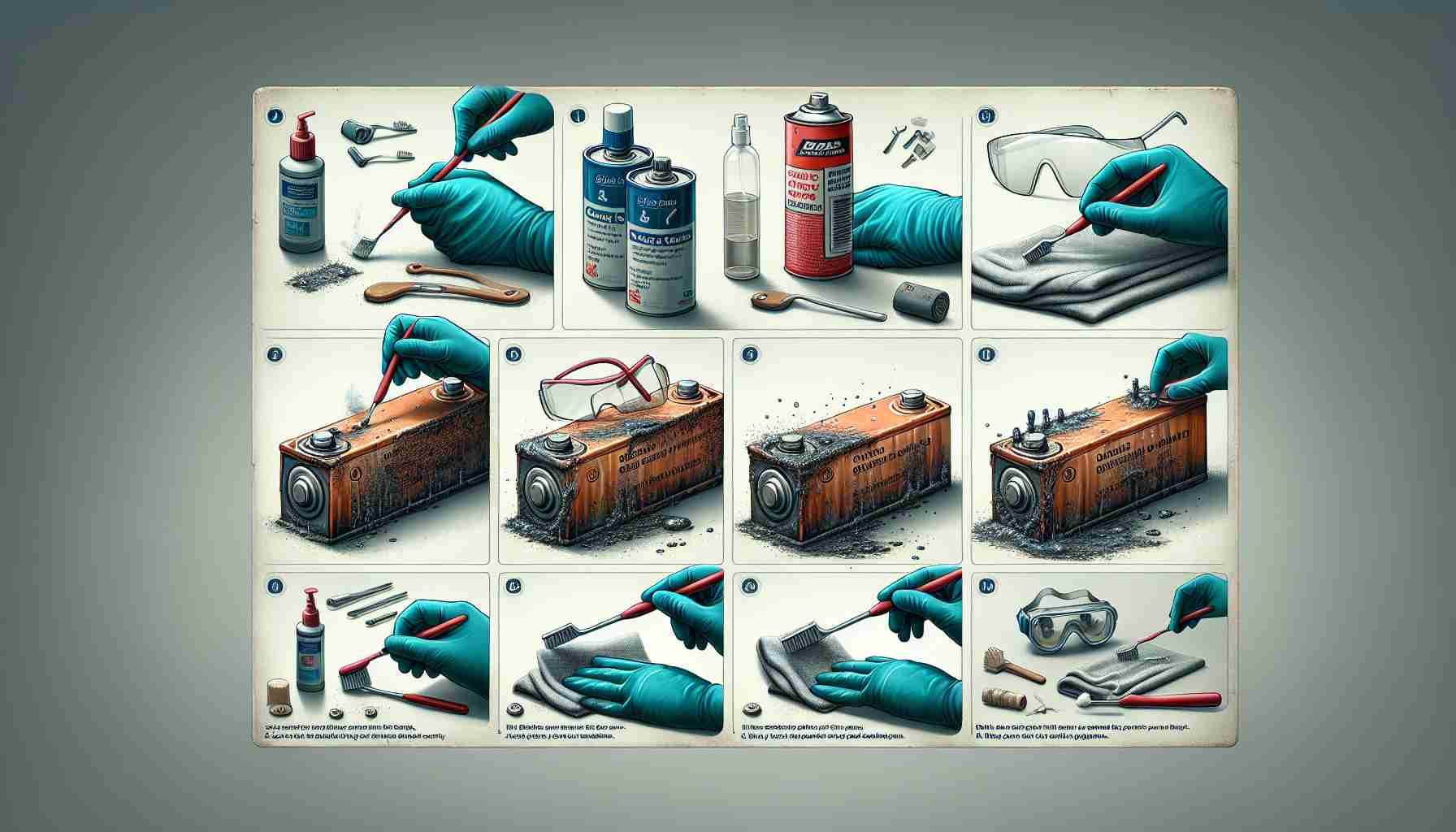Battery corrosion is a common issue faced by many car owners and users of electronic devices. The white, bluish-green substance that forms on battery terminals is a result of a chemical reaction caused by the release of hydrogen gases from sulfuric acid. This corrosion can be dangerous and affects the performance and lifespan of batteries. Therefore, it is important to know how to safely clean battery corrosion.
Step 1: Safety Precautions
Removing battery corrosion is crucial for safety reasons. Corroded batteries can be highly caustic and pose a risk of burning your skin or eyes. Wearing safety glasses and nitrile gloves is essential when working on a battery to protect yourself from these dangers. Moreover, there is a risk of explosion if hydrogen and oxygen gases are combined with a spark.
Step 2: Impact on Battery Performance
Not only does battery corrosion affect safety, but it also impacts the performance and longevity of batteries. Corrosion creates resistance between the battery and other components in vehicles or electronic devices, reducing the amount of available power. This resistance can weaken metals and wires, leading to fraying and eventual failure. Furthermore, it can require replacing the terminal ends, which might not provide enough power for newer vehicles.
Step 3: Benefits of Cleaning Battery Corrosion
Cleaning battery corrosion offers several benefits. It improves electrical connectivity, resulting in better engine cranking and brighter headlights. Regular battery maintenance also extends its lifespan, preventing breakdowns and the need for replacement, which saves costs in the long run.
Step 4: Cleaning Process
To clean battery corrosion, gather the necessary tools and materials such as a cleaning solution, wire brush, nylon brush, rags, nitrile gloves, safety glasses, and a battery memory saver. It is recommended to work on the battery outdoors or with the garage door open, with a fan blowing air away from you to reduce exposure to fumes.
Make a cleaning solution using warm water and baking soda, apply it to the corroded parts using a cotton swab for smaller appliances and tools, or an old toothbrush for car batteries. Remove the battery before cleaning to ensure a thorough cleaning without impacting the components and cables. Follow a step-by-step process, including applying the baking soda paste, brushing the terminals and posts, neutralizing remaining corrosion, and wiping the battery clean with a moistened rag.
Step 5: Preventing Future Corrosion
To prevent further corrosion, consider using dielectric grease or a battery terminal protector spray. These products help in reducing the likelihood of future corrosion and maintaining the battery’s performance.
By understanding how to safely clean battery corrosion and taking preventive measures, you can ensure the longevity and optimal performance of your batteries, whether they are in your car or electronic devices.
Related Links:
– bateria.pl
– elektroniki.com.pl
The source of the article is from the blog cheap-sound.com
